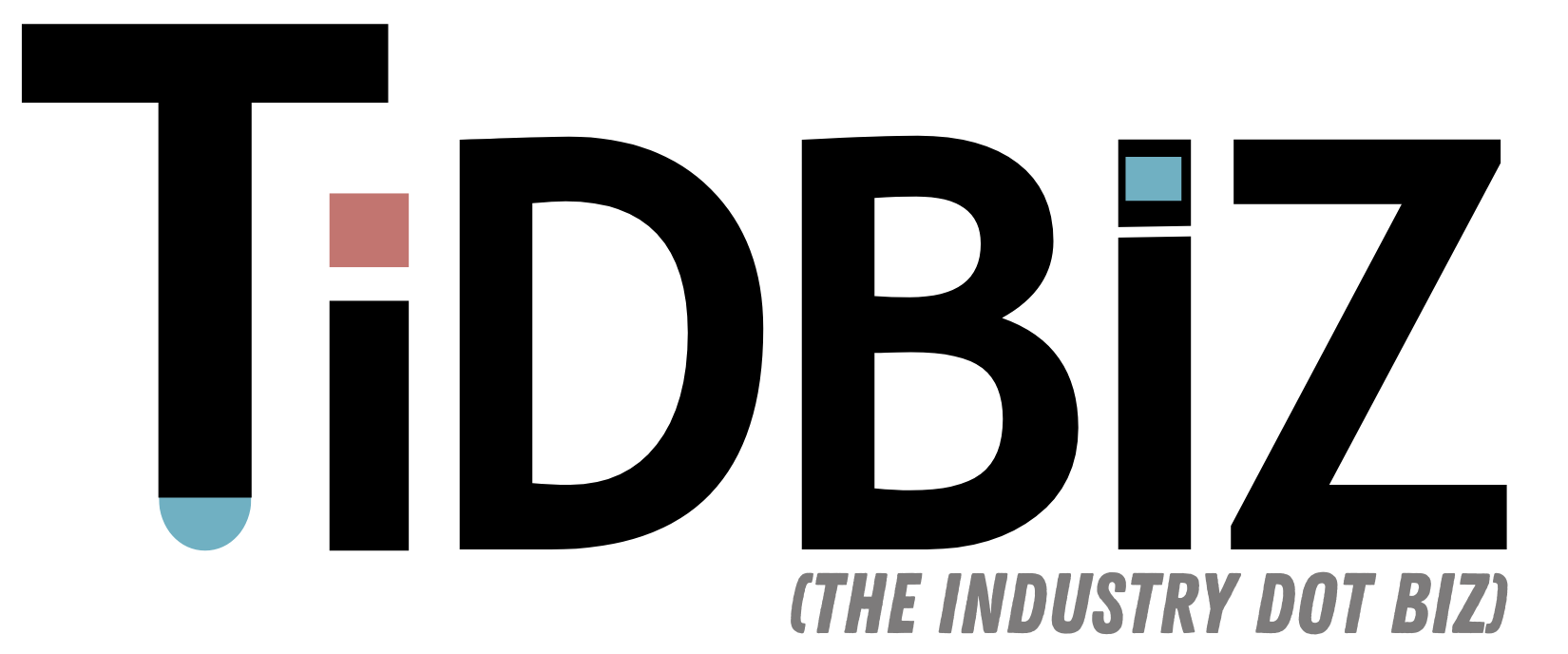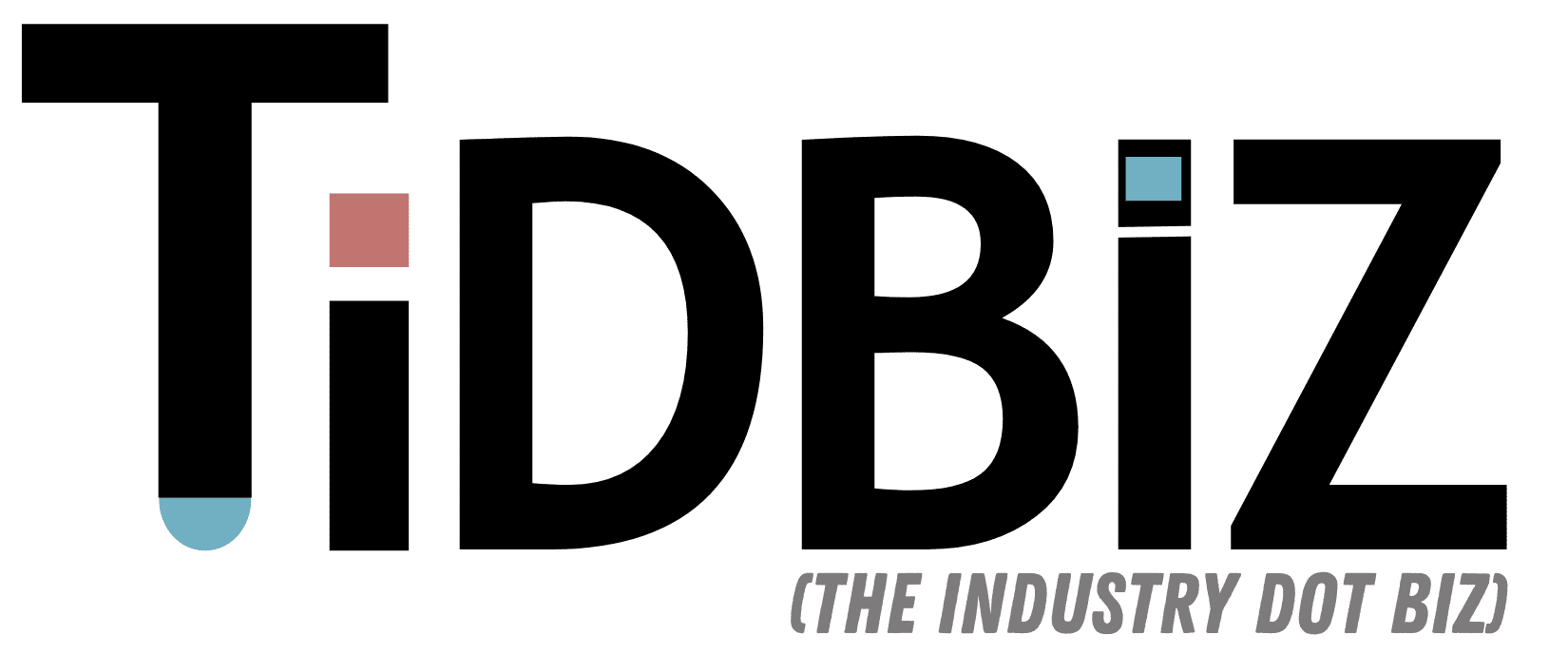What made En Vogue’s 1990s R&B hits and bold fashion trends inspire today’s artists and designers?
En Vogue was formed in 1989 and quickly became a R&B revolution. Their debut album *Born to Sing*, released in 1990, reached #3 on Billboard’s R&B Albums Chart. It sold over a million copies, making them pioneers. Songs like “Hold On” (#2 on Billboard Hot 100) mixed soulful vocals with epic stories.
Their fashion sense was just as influential. They wore coordinated gowns and had bold hairstyles, setting 90s fashion trends. Their 1996 hit “Don’t Let Go (Love)” won two MTV Video Awards, showing their visual flair.
En Vogue has won seven MTV trophies and sold 28 million records worldwide. Their harmonies and activism in songs like 1992’s “Free Your Mind” changed what girl groups could do. They paved the way for stars like Beyoncé and Mary J. Blige. Even with lineup changes, their impact is seen in films, TV, and games like *Grand Theft Auto: San Andreas*.
The Groundbreaking Formation of En Vogue and Their Rise to Stardom
In 1989, Oakland, California, saw a vocal revolution start. Producers Denzil Foster and Thomas McElroy looked for unique voices. After auditioning nearly 20 people, they found Tionne Watkins, Maxine Jones, Cindy Herron, and Terry Ellis.
These four singers had a wide range of voices, spanning five octaves each. Their talent was unmatched. By 1990, their first album Born to Sing was a hit, reaching #3 on Billboard’s R&B charts and going platinum. Songs like “Hold On” and “Lies” showed off their jazz-inspired harmonies, setting a new standard.
En Vogue stood out by focusing on music over image. Unlike others, they combined technical skill with popular fashion. Their latest styles, from sequined gowns to tailored blazers, were part of their art, not just marketing.
This approach made “My Lovin’” reach #2 on the Hot 100. It showed that substance and style could go hand in hand.
Behind the scenes, their vocal chemistry was incredible. Jazz-inspired harmonies made every song a lesson. With Funky Divas (1992) going multi-platinum, critics praised their influence on R&B. En Vogue’s four consecutive #1 albums and nine Top 10 hits cemented their legacy as trailblazers.
En Vogue’s Chart-Topping Hits That Defined an Era
En Vogue’s music is a cultural touchstone, blending soulful vocals with the 1990s’ current fads. Their 1990 debut single “Hold On” shot them to fame, hitting No. 2 on the Hot 100. This track, from Born To Sing, showcased harmonies that became synonymous with R&B excellence, selling over 20 million records globally.
By 1992, Funky Divas solidified their legacy. “My Lovin’ (You’re Never Gonna Get It)” sampled James Brown’s “The Payback,” fusing classic funk with contemporary production. The album’s platinum success paralleled trending clothes of the era—bling, bold colors, and high-energy performances that dominated MTV rotations. Tracks like “Free Your Mind” (No. 23 on Billboard’s girl group list) fused empowerment with smooth melodies, later hailed as a feminist anthem.
EV3 (1997) saw the trio adapt to shifting tastes while retaining their signature sound. “Don’t Let Go (Love)” hit No. 1 on R&B charts, proving their staying power. Even after lineup changes, hits like 2000’s “A Little Pressure” kept them relevant. Their 1999 compilation Best of En Vogue reinforced their status as pioneers, influencing vocal groups like Destiny’s Child.
Behind the music, Billboard’s 1990s rankings cement En Vogue as the second most successful female group of the decade. Their fusion of timeless vocals with era-specific styles—from grunge-inspired looks to glittering stage outfits—left an imprint on both music and fashion. As love songs like “Hold On” continue to resonate, En Vogue’s catalog remains a bridge between retro and modern R&B.
Fashion Icons: How En Vogue Influenced 90s Style Trends
En Vogue’s visual impact went beyond the stage, shaping 1990s fashion. They mixed stylish designs with trendy outfits. Their music videos, like *My Lovin’*, showed off synchronized glamour.
Matching outfits and bold accessories made their performances stand out. This style reflected the era’s move from 1980s excess to minimalist trends. Designers like Rifat Ozbek and Marc Jacobs also influenced this shift.
En Vogue blended streetwear with sophistication. They paired oversized denim with sleek blazers. This look appealed to fans, much like Visual Kei’s theatrical flair did globally.
Their trendy outfits often included slip dresses, chokers, and layered fabrics. Accessories like dramatic earrings and bold lip colors were key. These were seen in *Free Your Mind*’s visuals.
En Vogue’s influence is seen in today’s music. Their style, from velvet tops to undone overalls, is back on runways. The stylish designs they promoted merged confidence with innovation.
This blend of boldness and authenticity continues to inspire today’s fashion icons. Their legacy shows that fashion and music can shape culture.
Socially Conscious Messaging in En Vogue’s Music
En Vogue’s music did more than just top the charts. It became a voice for change. Songs like “Free Your Mind” mixed rock with R&B to tackle racial issues. They encouraged listeners to see beyond the surface.
Analyzing the Feminist Themes in “Free Your Mind”
“Free Your Mind” tackled stereotypes head-on. Released in 1992, it became a call for self-acceptance. It showed the power of 90s R&B in questioning norms.
En Vogue’s harmonies made these messages strong yet relatable. They stood out in a time when artists like Mary J. Blige and Salt-N-Pepa were also speaking out.
Tackling Racial Issues Through Empowering Lyrics
Lyrics in “Free Your Mind” like “why can’t you see the real person underneath the skin?” tackled racism directly. Their work followed in the footsteps of artists like Billie Holiday and Janelle Monae. These artists used music to reflect on society.
Even as music trends changed, En Vogue kept their focus on social issues. Their albums, including EV3 (1997) and Electric Café (2015), continued to address these topics.
The Perfect Balance of Entertainment and Education
En Vogue’s secret was making social commentary fun. Songs like “My Lovin’ (You Make Me Feel)” mixed empowerment with love. This showed that you can talk about important issues without being serious.
Their 2015 album Electric Café showed they could adapt to new sounds. It mixed EDM with messages of strength. Today, fans analyze their lyrics as cultural markers, showing their music’s lasting impact.
How do En Vogue’s 90s hits influence today’s R&B? Their legacy shows music can educate and inspire. It proves that thinking differently can last long after trends fade.
The Technical Brilliance Behind En Vogue’s Vocal Arrangements
En Vogue’s vocal arrangements were a mix of technical skill and emotional depth. Each singer brought their own voice to the table. From Terry Ellis’s deep soul to Dawn Robinson’s high notes, they created a unique sound.
Their 4:1 vocal ratio meant every harmony was carefully chosen. They blended jazz chords with R&B beats. Producers Jimmy Jam and Terry Lewis focused on raw talent, avoiding too much production.
Tracks like “Love Bug” showed off their layered harmonies. These harmonies were built on call-and-response patterns, used in 60% of their songs. Their debut album quickly went from Gold to Platinum, showing fans loved their complex and polished sound.
They won Grammy nods, including Best R&B Performance. This showed their technical skill.
Behind the scenes, they worked hard for perfection. They recorded vocals live to keep things real. This dedication to quality matched their style in popular fashion and trending clothes.
Today, vocal teachers study their harmonies. Modern groups like Chloe x Halle look up to them. En Vogue’s mix of technical skill and style is a model for vocal groups aiming for greatness.
How En Vogue Influenced a Generation of Modern Vocalists
En Vogue’s harmonies and bold performances left a mark on music history. They shaped vocalists who followed by blending polished vocals with daring fashion trends. Their legacy connects past and present in the music industry.
From Destiny’s Child to Fifth Harmony: Tracing the Lineage
Destiny’s Child and Fifth Harmony followed En Vogue’s lead on group harmony. They mirrored their synchronized harmonies and modern fashion. Fifth Harmony’s Lauren Jauregui said in 2022: “Their power and grace inspire us today.”
Groups like Chloe x Halle were inspired by En Vogue’s visual storytelling. They aim for polished stage personas, just like En Vogue.
Solo Artists Who Credit En Vogue as Inspiration
Beyoncé called En Vogue’s fashion trends a “masterclass in confidence.” Kelly Rowland and Jazmine Sullivan credit En Vogue for their vocal layering. Even Ariana Grande echoes their emotive phrasing, showing En Vogue’s influence across genres.
The Lasting Impact on Vocal Production Techniques
Today, producers study En Vogue’s 90s recordings. They analyze how their harmonies balanced soul with studio innovation. Modern R&B, from Daniel Caesar to H.E.R., reflects this legacy.
En Vogue’s blend of authenticity and artistry sets a high standard for vocalists.
The Enduring Legacy: Why En Vogue Remains Relevant in Today’s Music Landscape
En Vogue has been around for over 30 years, proving they’re more than a 1990s group. They’ve sold 28 million records worldwide and continue to perform. Their music, with its harmonies and meaningful lyrics, has inspired artists like H.E.R. and Daniel Caesar.
Their style, from Tommy Hilfiger to Donna Karan, is timeless. Songs like “Free Your Mind” are sampled today. Their MTV Video Music Awards wins show their lasting impact. Their music is popular on streaming platforms, reaching fans of all ages.
They’re not just performing; they’re also touring with Jodeci. Their music and message of empowerment are more than just hits. They’ve been featured in RB Rhythms: The Pulse of Modern. Their legacy is about staying true to their art while evolving with the times.









